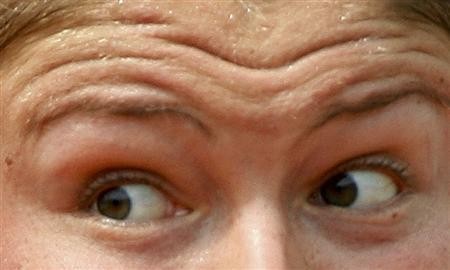
Researchers at Stanford University, School of Medicine, California have developed two inexpensive adapters that allow smartphones to take high resolution pictures of both front and back of the eye.
"The adapters make it easy for anyone with minimal training to take a picture of the eye and share it securely with other health practitioners or store it in the patient's electronic record," Times of India quoted Robert Chang, one of the developers and Assistant Professor of Ophthalmology, Stanford University.
This technology increases the accessibility to eye care services and also improves the capability to remotely advice on patient care, according to researchers.
"Adapting smartphones for the eye has the potential to revolutionise the delivery of eye care especially in the developing world where opthalmologists are few and far between," said David Myung, lead author.
Smartphones not only have quality camera resolutions, but also has the capability to transfer data and upload photo securely to medical record within seconds.
The standard equipment used to photograph the eye is costly and requires training on proper usage. Researchers found that this method is time consuming and inconvenient for usage. "I started entertaining the idea of a pocket sized adapter that makes the phone do most of the heavy lifting," Chang said.
"Taking a photo of the retina is harder because you need to focus light through the pupil to reach inside the eye," Myung added.
He used theory of optics to determine the ideal lighting conditions and working distance for a simple adapter that joins conventional lens to a phone. They shot several photos with various iterations of the adapter for the right match.
The initial adapters would be available for the public to purchase, only after the team of researchers seeks guidance from the Food and Drug Administration (FDA).
"We have gotten the production cost of each type of adapter to under $90, but the goal is to make it even lower in the future," stated Chang in the paper published in the Mobile Technology in Medicine journal.
(Edited by Anu James)








